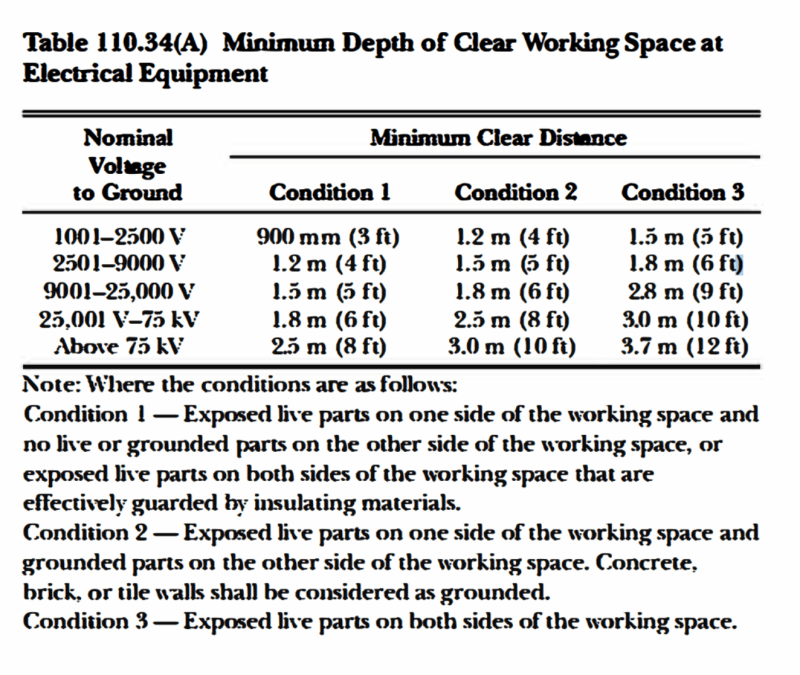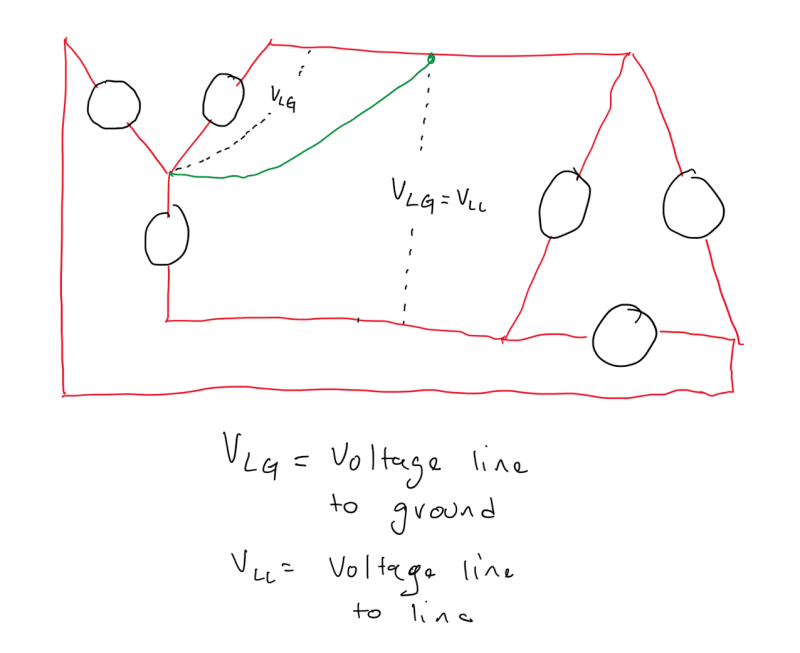Hello
We have a delta to wye transformer 13.2kV to 480/277V.
I was looking at the working distance from the transformer front to a planned switchgear front. An NEC screen shot of 110.34(A)is provided, so my question is: what would be considered voltage to ground on the delta side of the transformer?

We have a delta to wye transformer 13.2kV to 480/277V.
I was looking at the working distance from the transformer front to a planned switchgear front. An NEC screen shot of 110.34(A)is provided, so my question is: what would be considered voltage to ground on the delta side of the transformer?


